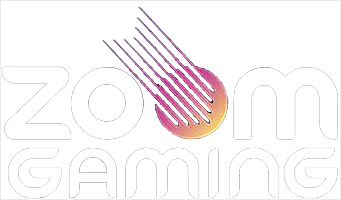In the digital marketplace, standing out from the competition is crucial. With so much information and content available, it can be difficult to capture the attention of your target audience. This is where personalisation comes in. By delivering tailored messaging and offers to specific segments of your audience, you can increase engagement and ultimately drive more conversions.
One of the key components of personalisation is segmentation. Segmentation is the process of dividing your audience into smaller groups based on common characteristics such as demographics, behaviour, and preferences. By understanding the unique characteristics of each segment, you can create highly targeted campaigns that speak directly to their needs and interests.
Segmenting by Demographics
One way to segment your audience is by demographics. Demographics include information such as age, gender, income, and location. By understanding the demographics of your audience, you can create content and offers that are most relevant to them. For example, if you know that a large portion of your audience is made up of parents in their 30s and 40s, you can create campaigns that highlight the benefits of your product or service for busy families.
Behavioural Segmentation
Behavioural segmentation is another important method. This involves grouping your audience based on their past interactions with your brand. By analysing data such as past purchases, subscriptions to your newsletter, or engagement on social media, you can create segments that represent different stages of the customer journey. For example, you can create segments for first-time buyers, repeat customers, and loyal customers. By understanding the actions that your audience has taken, you can create campaigns that encourage them to take the next step in the customer journey.
Preference-based Segmentation
Preference-based segmentation is the process of grouping your audience based on their preferences and interests. By gathering data on things like their hobbies, interests, and purchasing habits, you can create segments that represent different segments of your target market. For example, suppose you know that a group of your audience is particularly interested in sustainable products. In that case, you can create a campaign that highlights the eco-friendly aspects of your offerings.
Personalisation is not just about creating a one-size-fits-all solution but about tailoring your marketing efforts to the specific needs of your target audience. By taking the time to understand your audience and divide them into smaller groups based on demographics, behaviour, and preferences, you can create highly targeted campaigns that drive real results. It’s important to note that it’s not a one-time process and needs to be reviewed and updated frequently.
Quotes:
“Personalization is one of the most powerful weapons in a marketer’s arsenal. It enables brands to create deeper engagement and more meaningful relationships with their customers.” – David Hopkins.
“Marketing segmentation is the process of dividing a market into smaller groups of consumers, business or countries with similar needs or characteristics. When you segment, you can target and communicate effectively with your chosen group.” – Philip Kotler.
In conclusion, personalisation is essential in today’s digital marketing, and segmentation is the key to it. By utilising segmentation, you can create highly targeted campaigns that will increase engagement and ultimately drive more conversions. Always keep in mind that segmentation is a continuous process and needs to be reviewed and updated frequently to stay ahead of the competition.

